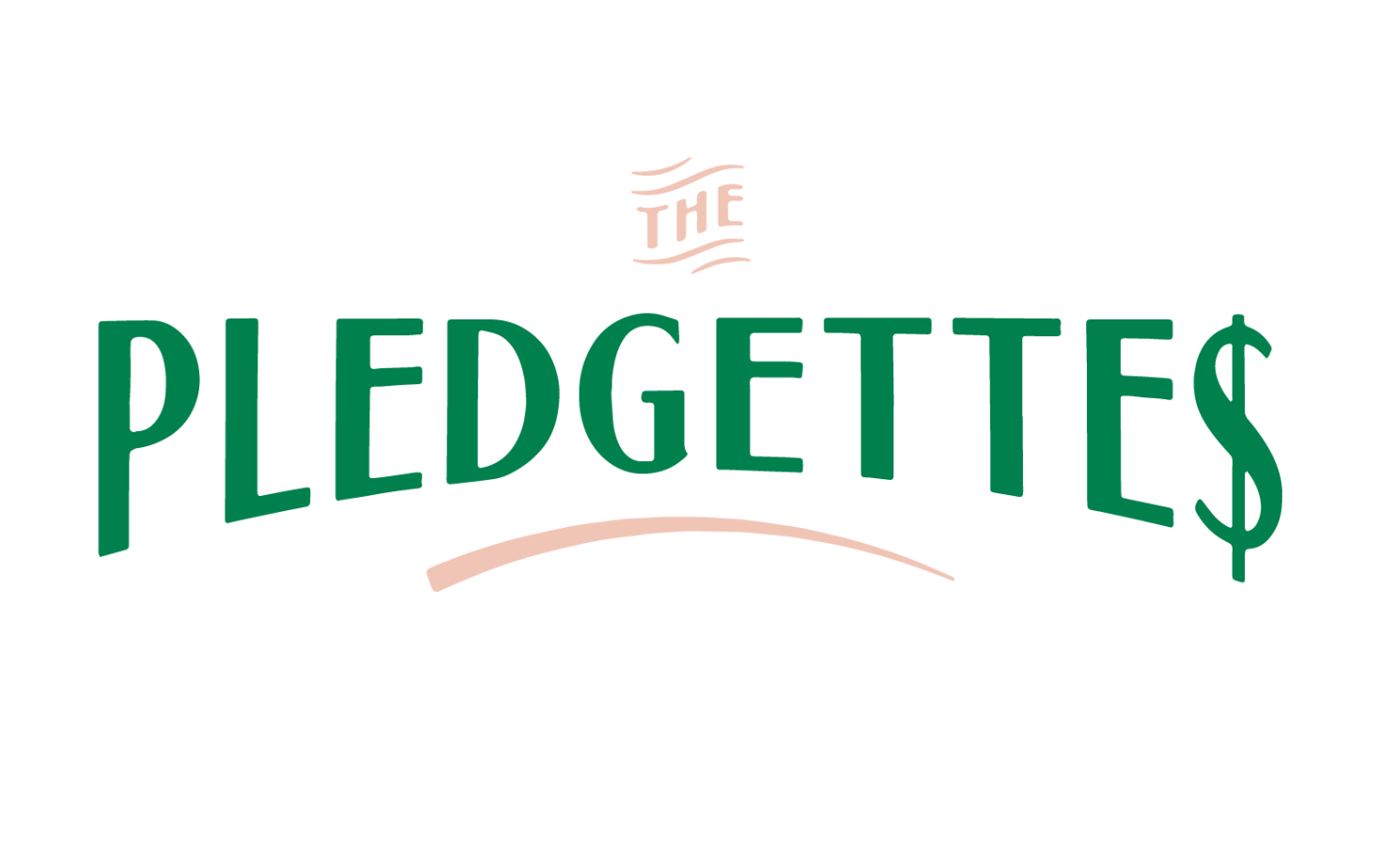How Saving for a Contingency Plan Helped Me Be There for My Family
Guest Blog By Kastle Waserman
If you’re taking a more active role in your financial journey, one thing you may have found is to build up an emergency fund. The typical amount is three to six months of living expenses in case you lose your job. But what if life gives you a catastrophic situation that will last much longer? We’re talking about an extreme emergency, such as a major medical crisis for you or your family, or, as we saw with the LA fires in January of 2025, a natural disaster wiping out everything you own. That’s when you need a contingency plan to go beyond a current emergency to cover a life-changing event and employment interruption.
I was thrust into this situation when my mom was diagnosed with dementia.
I didn’t realize at the time that I would embark on a long journey to get back on my feet after she ultimately passed away. I quit my full-time job to be with her during the last year of her life, during which I did freelance work to supplement my savings and keep me afloat financially.
After she passed, it took months to help my dad with the fallout: planning her funeral, dealing with the estate paperwork, and moving my dad into a senior community. After all that was done, it still took time for me to collect myself emotionally, regain focus and take back control of my career and financial life.
I never would have been able to do it and be there for my family if I hadn’t diligently saved my money during my full-time working years. I saved beyond the typical three to six months and used different strategies to grow my savings. What I was doing was contingency planning, a term I’d never heard until a financial advisor suggested it when I said I was concerned about my mom’s aging and declining health even before her official diagnosis.
A contingency plan is like a Plan B, but it’s beyond planning for a job loss. It’s for when you can’t work for a year or more. I know saving even three months can be a struggle, so how can you save for a year or more of living expenses?
Here’s how I did it.
1. I automated savings.
Like you do with your 401(k), I set up a dedicated amount, such as 10% of my paycheck, to transfer automatically into a savings account on the same day I got paid. I didn’t really miss the money because I never saw it and didn’t have to think about the transfers. Then I never touched that savings account, just like I knew not to touch my 401(k) for spending money.
2. I put my money to work.
I didn’t just use the savings account at my local bank. They usually pay very little in interest. I made sure it went into a high-yield savings account to earn the highest possible interest. Do some research. I learned about high-yield savings and money market accounts from trusted sources like Bankrate.com and Investopedia.com.
3. I laddered it.
After automating my savings for a while, I eventually grew it to hit my three to six months of emergency savings goal. But then I kept going. My plan was to keep six months liquid for quick access if an emergency strikes, such as a car repair or dental work, but put everything beyond that into something that earns even more interest but is still safe, like Certificates of Deposit (CDs). I used a “laddered” approach, putting one month of living expenses into separate CDs that mature at different times (ideally every month) so I’d always have cash freeing up if I spent through my six months of emergency savings.
4. I bucketed it.
I also used the bucket strategy. I divided my savings into immediate needs, then what I may need in 1 year, 5 years, 10 years and beyond. It looks something like this:
My immediate needs group stays liquid. For money I’ll need for 6 months to a year, I can put it in high-yield savings and laddered CDs.
For money I’ll need in years 2-5, put it in a conservative investment like bonds.
For money I’ll need in 5- 10 years, put in more high-risk, high-growth investments.
Beyond 10 years is usually your retirement 401(k) or IRA savings put in a diversified portfolio depending on my risk tolerance.
I chose to work with a financial advisor for investments and do some on my own. As each level is funded, the money you save beyond that goal pours into the next level, thus the bucket term, until they are all fully funded.
Working consistently and diligently saving for many years, helped me have enough money to walk away from my full-time job and be there for my parents when they needed me.
You can start doing that now, whether you work full-time, part-time, or even with the inconsistent cash flow of an entrepreneur or small business owner. Just start automating something, any amount, and increase it when you can.
Having money means having freedom and choices to do what you want and less stress if something catastrophic happens.
Kastle Waserman is a copywriting, storytelling and women & wealth expert who helps financial professionals create content that simplifies complex personal finance topics to acquire more female clients who need financial guidance. She’s written for BOK Financial, Transamerica, Jackson National Life Insurance, Lockton Insurance and Trilogy Finance. See the articles she’s done for others that she can do for you here and learn more about Kastle and stay in touch with her here.


